By now you already know that the term, subluxation means “when one or more vertebrae move out of the correct position and create pressure on spinal nerves.” Subluxation Degeneration means that the subluxation has not been corrected, and has caused damage or degeneration to the body.
We will use digital X-rays to illustrate what’s normal, and how subluxation degeneration affects the spine and the rest of the human body.
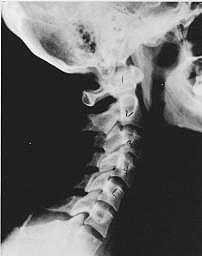
We start with a “near normal” spine without significant subluxations.
This is a side digital x-ray view of the neck. Compare this spine with the ones you will see below on this page.
- Notice the normal forward curve of the neck. This curve helps absorb shock.
- Notice how each of the disc spaces between C2 (second bone in neck) and C7 are thick and even, this again is normal.
Also notice how the front portions (right on the digital x-ray) of each of the vertebrae (called the ‘body’ of the vertebrae) are fairly square with clear andwell defined borders. This type of arrangement is normal in the neck. When subluxations are left uncorrected, changes occur that cause damage to the structure and function of the spine.
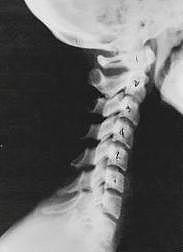
Phase One Subluxation Degeneration
Phase One Subluxation Degeneration is seen in subluxations that have been present for up to twenty years. This phase shows a loss or change in the normal curve in the spine.
- Here you can see that the normal curve is lost.
- This spine has even developed a reverse curve in the neck.
- The disc spaces have also begun to show a slight change in shape.
- One good point is that the square part in front still has clean clear borders.
More than 80% of people with Phase One Subluxation Degeneration have no pain. Therefore, if left uncorrected, phase one continues to progress with time until it eventually reaches the next phase.
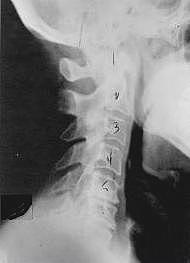
Phase Two Subluxation Degeneration
Phase two subluxation degeneration is normally seen in subluxations that have been uncorrected for 20 to 40 years.
- This phase has some of the same characteristics as phase one, including a loss of normal curvature and position.
- Spines with Phase Two Subluxation Degeneration often show a reduction in the patient’s range of motion in that area.
- Digital X-rays of a phase two begin to show calcium changes or buildup. These changes may be called “spurs” and “arthritis.”
- Disc spaces between the affected vertebrae are noticeably narrower and may appear to be flattening out.
Although most people with Phase Two Subluxation Degeneration may not notice any symptoms, some may start to feel stiff or achy. Again, if Phase Two Subluxation Degeneration is left uncorrected it slowly advances to the next phase.
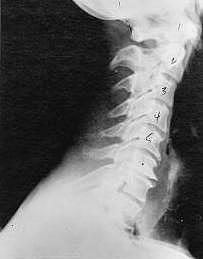
Phase Three Subluxation Degeneration
Phase Three Subluxation Degeneration is caused by subluxations that have been continuing for between 40 and 65 years. This phase has all of the attributes of the previous phases, only worse.
- The curvatures are abnormal, and there is less cushioning space between the discs. There are more calcium changes on the spine too.
- Normally, people in phase three have a restricted range of motion and probably experience pain.
- In phase three the vertebrae show obvious changes and spurs.
In many instances the body adapts to the presence of the calcium and improvement can occur, but continuous wear and tear to the spine cannot be completely healed. As before, if Phase Three Subluxation Degeneration is left unchecked, it slowly advances onward into the next phase.
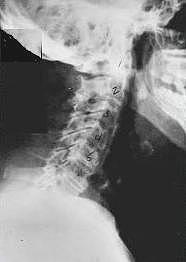
Phase Four Subluxation Degeneration
Phase four subluxation degeneration is seen with subluxations that have been raging on untreated for over
- Digital X-rays in phase four show severe structural changes. Vertebrae have large spurs, disc spaces appear shrunken, and the bones themselves appear fused.
In this
